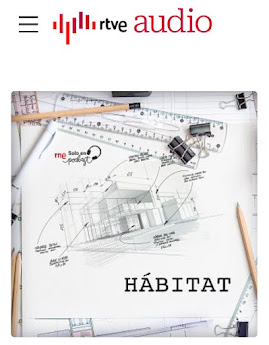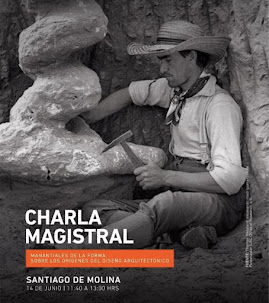Curiosamente, en arquitectura los milagros son escasos y bien son cuestión de apariencia o de una prestidigitación invisible basada en fundamentos elementales de la física. En gran medida estas imágenes recuerdan la historia de la columna que no llegaba al suelo en la iglesia del San Juan de Samarcanda y que tan bellamente contaba Marco Polo en el libro de las Maravillas. Pero nadie se engañe, ni el hinduismo, ni la arquitectura portuguesa, hacen milagros de ese tipo: todo pilar sin fuste esconde sobre él un invisible arco de descarga. Los trucos de magia, son, siempre y a fin de cuentas, de percepción. Las cosas, aunque no lo parezcan, pesan. Las cosas llegan, tarde o temprano al suelo. Ese es el verdadero milagro. El peso busca el camino como un topo ciego. Y siempre lo encuentra.
*Si estás interesado en las columnas anómalas, es recomendable el próximo libro de Carmelo Rodríguez, Bizarre Columns, Madrid: Ediciones asimétricas 2023. Y respecto al renombre de este escrito, "Columna Murciélago" viene de regalo de Enrique Encabo, por vía de Juan Roldán. Gracias a todos.
In Portugal, within a petite house adorned with pastel colors in Oporto, a pillar fails to reach the ground, defying the same peculiar condition. Just in case, no one would dare to mop underneath.
Curiously, in architecture, miracles are rare and often a matter of appearance or an invisible sleight of hand grounded in elementary principles of physics. To a large extent, these images bring to mind the tale of the column that failed to reach the ground in the church of San Juan de Samarkand, a story beautifully recounted by Marco Polo in the Book of Wonders. But let no one be deceived; neither Hinduism nor Portuguese architecture performs such miracles: every pillar without a shaft conceals above it an invisible discharge arc. Magic tricks, after all, are matters of perception. Things, despite appearances, possess weight. Things, sooner or later, touch the ground. That is the true miracle. Weight, like a blind mole, seeks its path. And it unfailingly finds it.

,%20India,%20photo%20by%20H.G.%20Ponting,%20y%20Fala%20Atelier,%20Casa%20Suspendida,%20Oporto,%20imagen%20Fala%20Atelier.jpg)








.jpg)















































































































